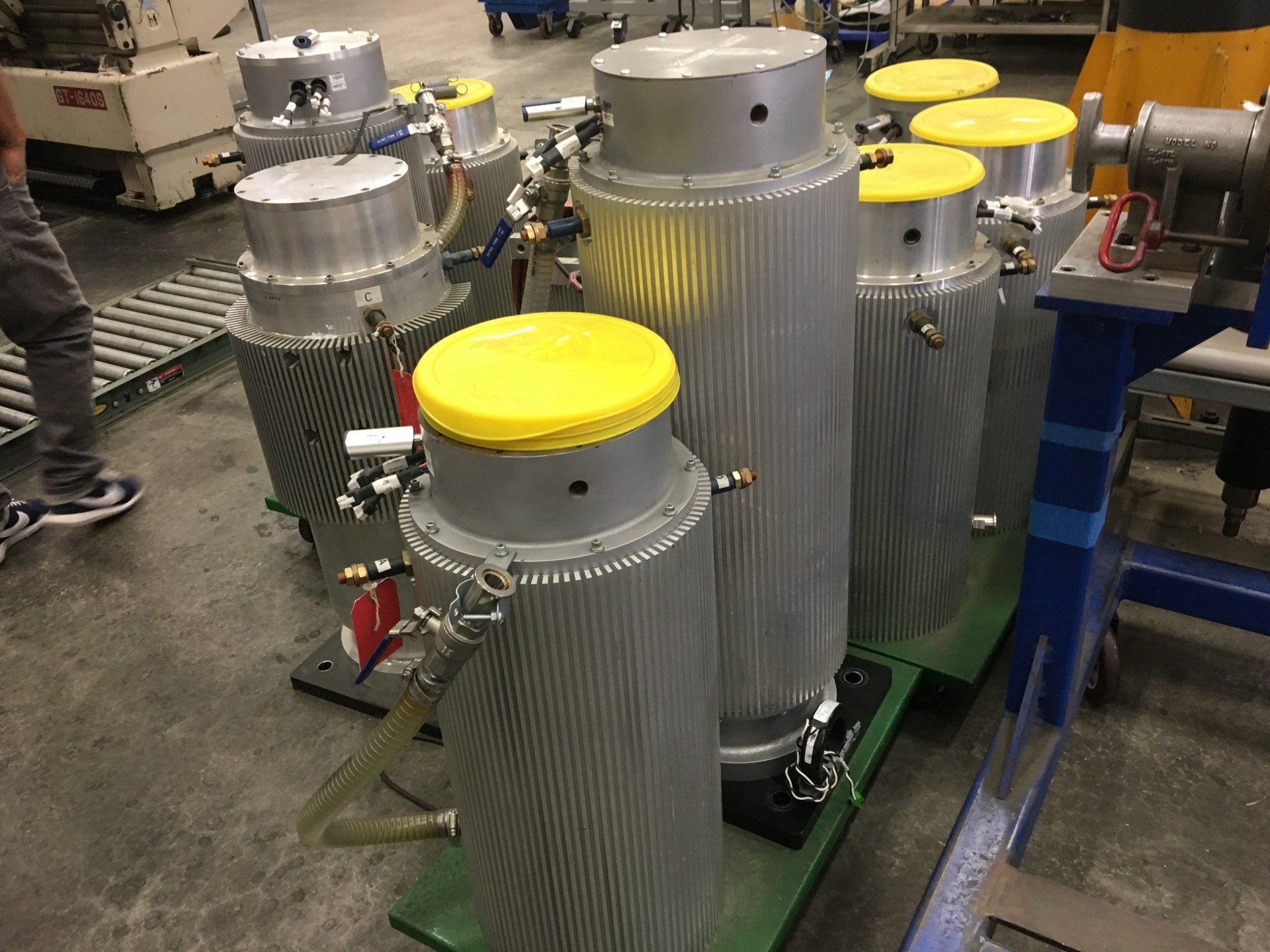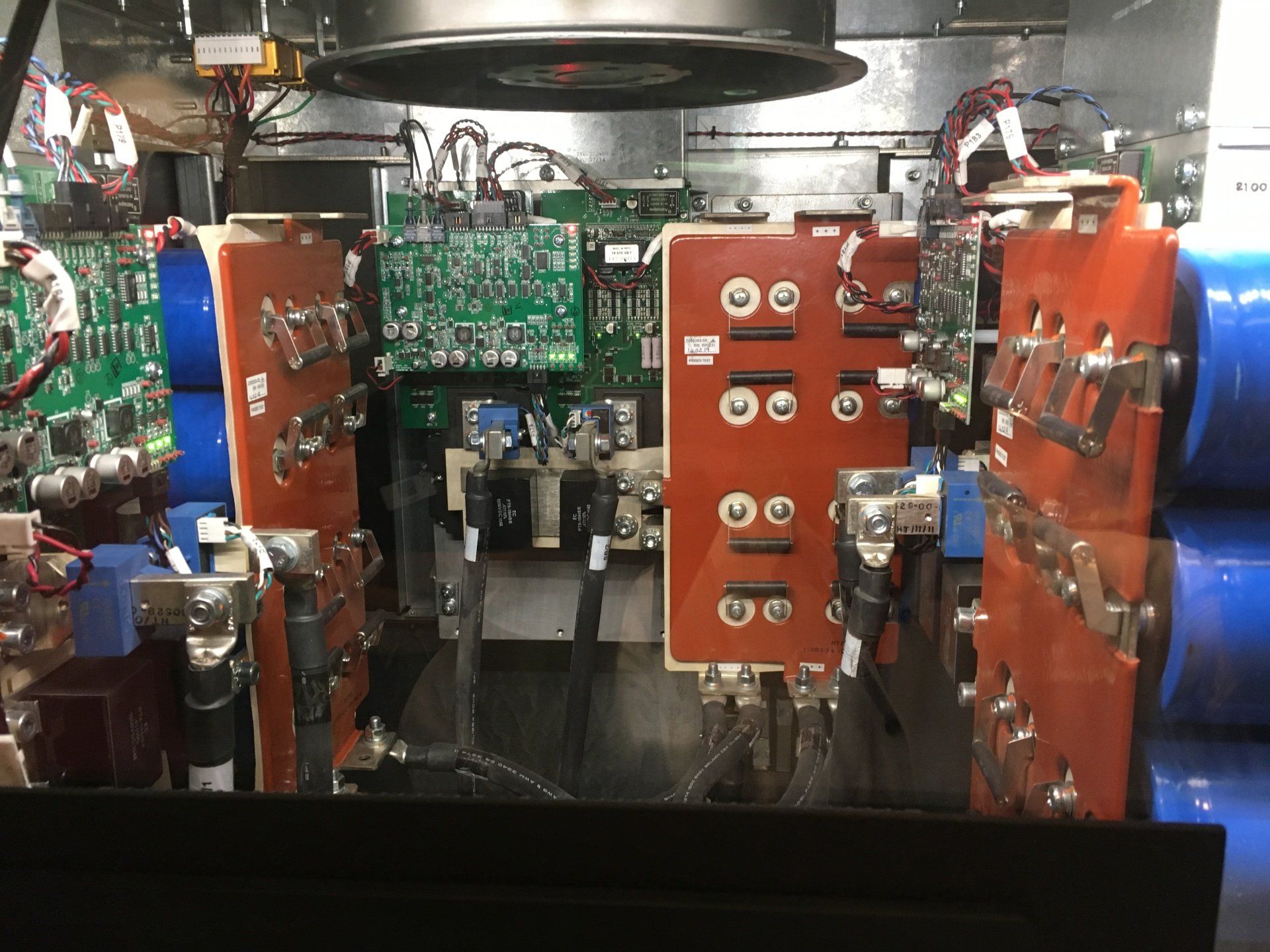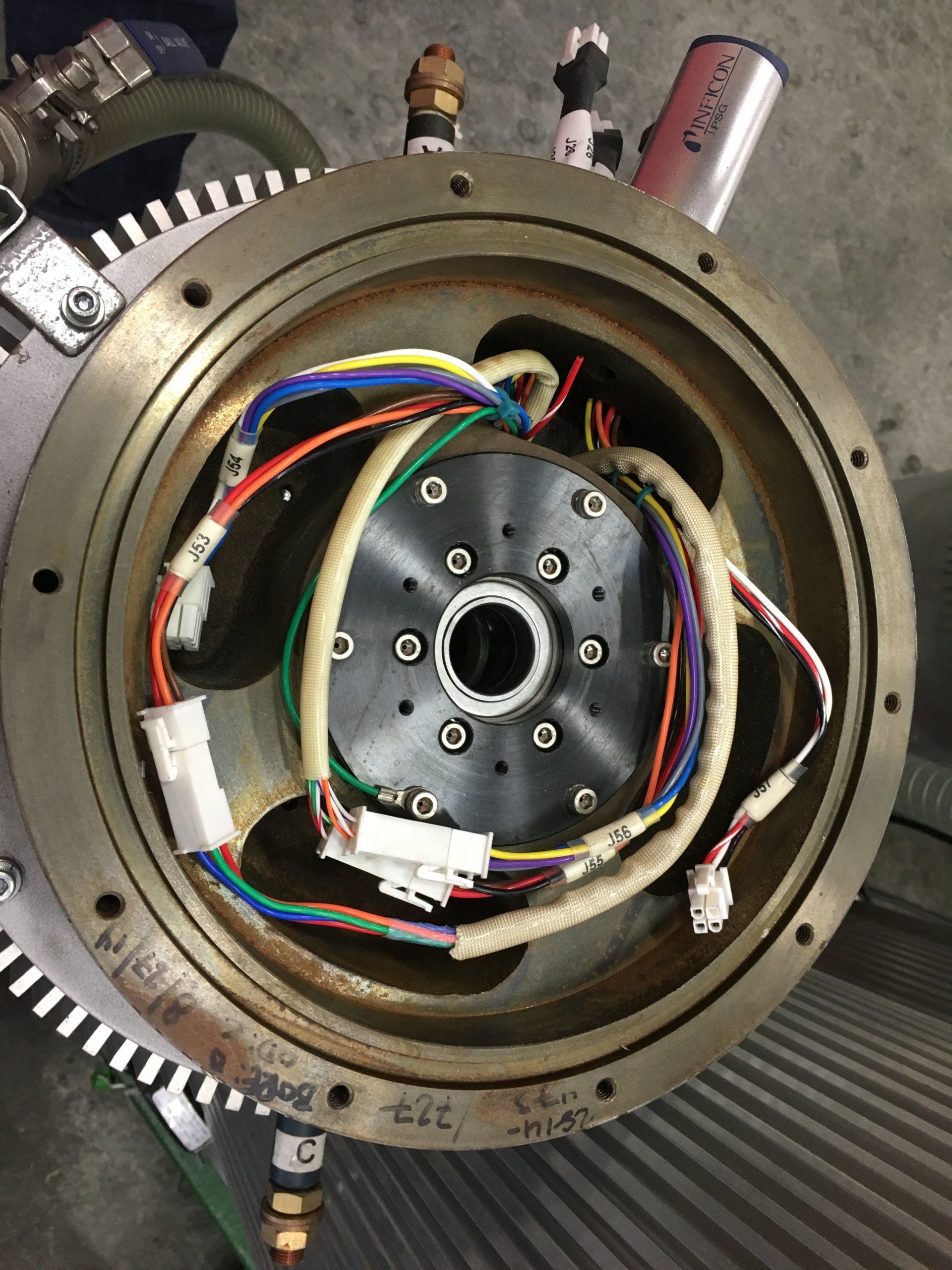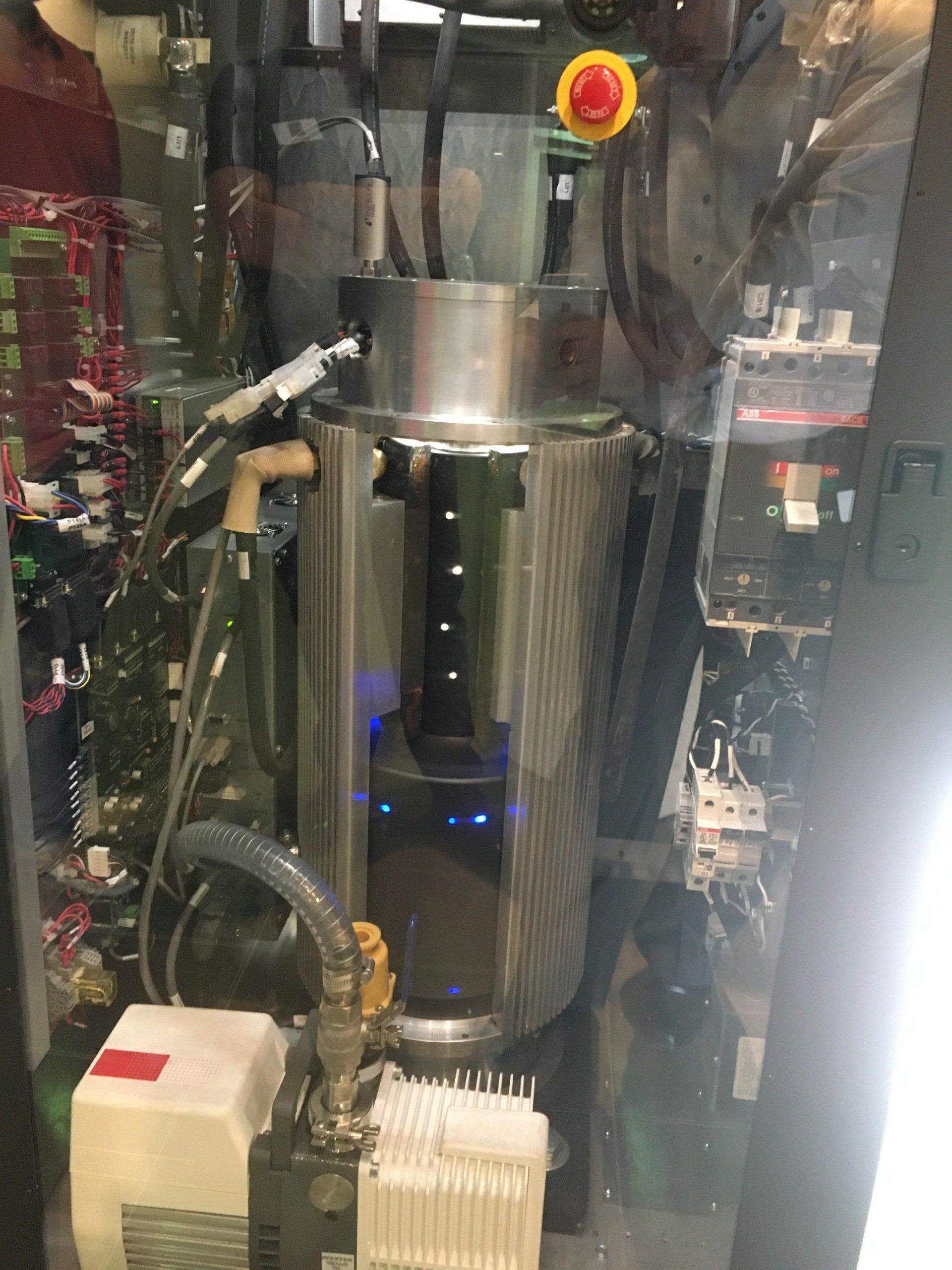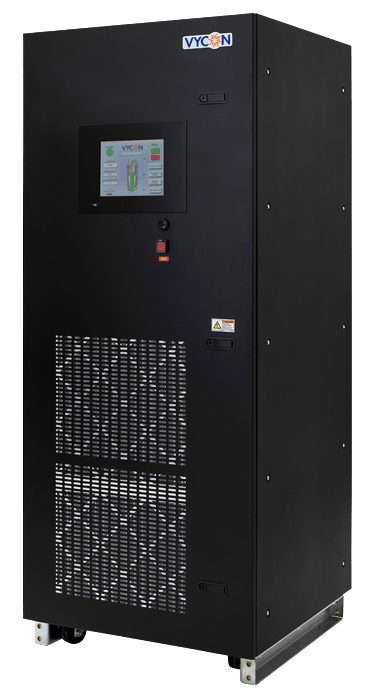Energy Optimisation for Public Transportation
Energy Optimisation for Public Transportation
In the era of sustainable energy, energy storage plays a central role in the efficient use of renewable resources. Energy storage technologies enable the storage of excess energy and its provision when demand exceeds current supply, which is particularly important when using solar and wind power.
These technologies not only transform the way we consume energy but also significantly support the energy transition. Batteries, for example, are among the most widely used forms of energy storage. Lithium-ion batteries are especially popular due to their high energy density and efficiency, making them an ideal solution for both private and commercial use.
Moreover, pumped-storage power plants offer a time-tested method for large-scale energy storage. They use surplus energy to pump water to higher elevations, which is then released when needed to drive turbines and generate electricity. This method provides an effective means of grid stabilization and the integration of renewable energy.
Energy storage systems contribute not only to grid stability but also offer economic advantages. The ability to store energy when prices are low and use it when prices are high can significantly reduce costs. Consumers benefit from a reduced dependence on grid electricity and can also contribute to lowering CO₂ emissions.
Innovation in this field is progressing rapidly. From the development of new materials to advanced technologies, energy storage promises to become even more efficient and cost-effective. With the increasing integration of intelligent control systems, energy storage solutions will soon not only be able to store power but also anticipate demand and optimize energy distribution.
In a world that is increasingly dependent on renewable energy, energy storage solutions provide the flexibility and reliability needed for a sustainable energy future. As an integral part of the global energy infrastructure, they will continue to play a crucial role in promoting environmental sustainability and energy independence.








